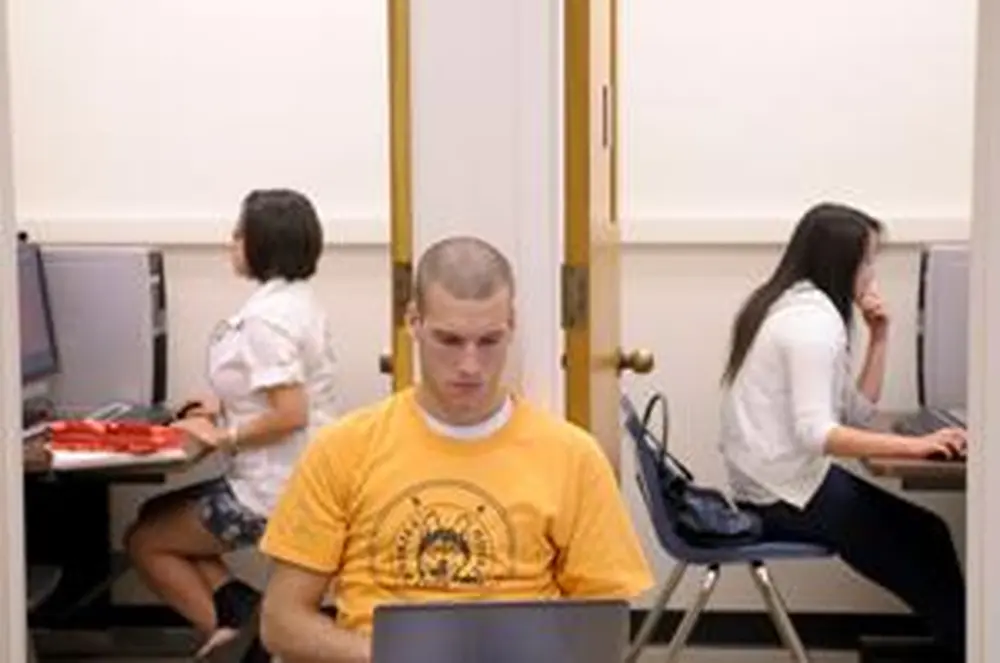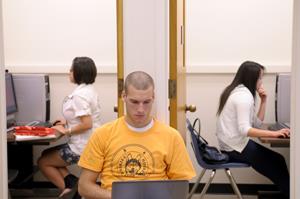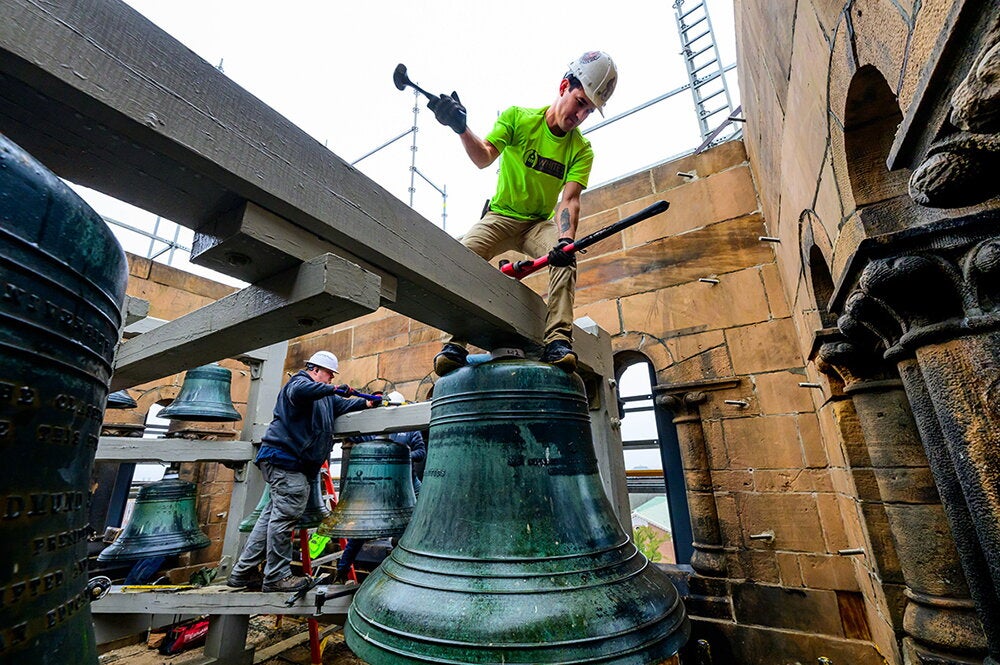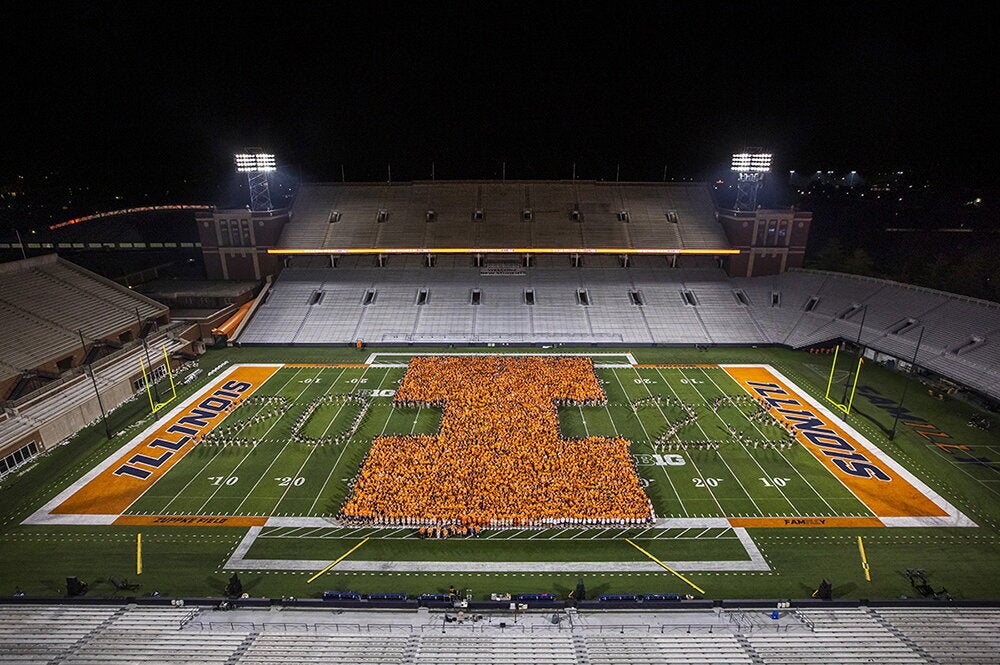

When describing an online course to his parents, LAS junior Maxwell Norris told them to imagine that they are in front of a professor in a lecture hall. “But, instead, the professor is now on your computer screen,” he explained.
When the University of Illinois decided earlier this year to partner with Coursera to offer free online courses, it was able to act quickly, largely because it already had an online course program in place. In fact, the College of LAS has been offering online courses for the past two years.
Through the LAS OnLine program, more than 80 courses are available, mostly general education classes geared towards undergrads. Students earn the same number of credits and pay the same fee as they do with traditional classes. LAS also offers a few degrees online—currently, a bachelor’s in environmental sustainability; a master’s in health communication; and a master’s in the teaching of biological science.
Norris, a chemistry major, has taken three online courses so far, in addition to his on-campus courses, and will take another this spring. The online course material is comparable to other classes, he says, and to his surprise, there wasn’t much of a learning curve when he first approached it.
“The assignments were like any other,” Norris says. “Most [traditional classes] use online components for homework and paper submissions.” He also liked the easy-to-access online lecture archive—and the luxury of not lugging around heavy textbooks.
To satisfy requirements for her molecular and cellular biology major, LAS junior Zoe Ljubic chose to take the online versions of “Elementary Organic Chemistry” I and II. Like many students, she cited flexibility as one of the draws.
“I loved how it was online-based because I was able to work [the courses] around my schedule [and] listen to the lectures and do the homework on my own time,” Ljubic says.
LAS senior Iva Gaylord, who was homeschooled during high school, has prior experience with taking online courses. “Both online and in-class courses test a student’s ability to learn outside of class, do homework, and be in charge of their own progress,” she explains. But Gaylord, a double major in communication and East Asian languages and cultures, was surprised by how accessible the instructor was in the LAS OnLine course.
“I exchanged emails and received feedback from my instructor and, in some aspects, there was more communication in my online class than I would have with an instructor in a large lecture hall,” Gaylord adds.
LAS is a campus leader in online education. This summer, LAS won a distance-learning award from the University Professional and Continuing Education Association for the LAS OnLine course “Severe and Hazardous Weather,” taught by atmospheric sciences instructor Eric Snodgrass, with instructional design and video support from members in ATLAS and the Office of Online and Continuing Education.
ATLAS, or Applied Technologies for Learning in the Arts and Sciences, also provided immediate support when some U of I courses were presented online through Coursera. These free courses attracted thousands of participants from around the world—from lifelong learners to high-school students, from people homebound due to a disability or disease to people far from higher education institutions, such as at the Afghan-Pakistani border.
“MOOCS (massive open online courses) are a wonderful contribution to the world,” says Deanna Raineri, associate dean of instructional technologies and information services in LAS. “Talk about the land-grant mission and public access—it’s really outreach to the world, to people who for the most part couldn’t get this kind of information otherwise.”
At a summit on online education held on campus earlier this month, with a keynote by one of Coursera’s cofounders, it was clear that MOOCs are here to stay, and the online course revolution has only begun. Not only has Illinois’s participation with Coursera reflected the University’s innovation, but it has also been great PR for U of I.
And while Coursera courses are “incomplete” versions compared to the tuition-based courses students enroll in at U of I, and although MOOC participants don’t get to interact with an instructor, they still provide a means of education for all.


